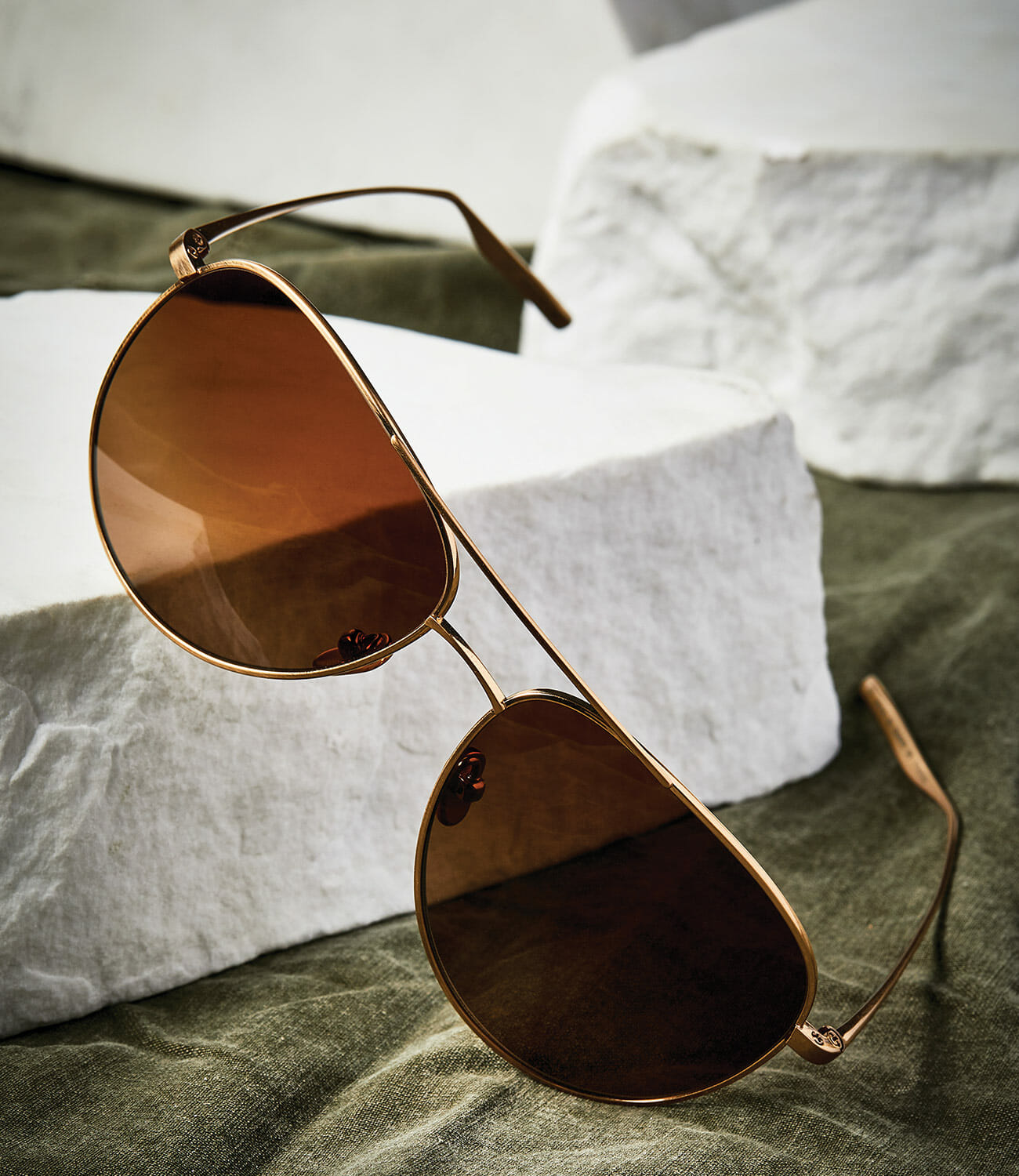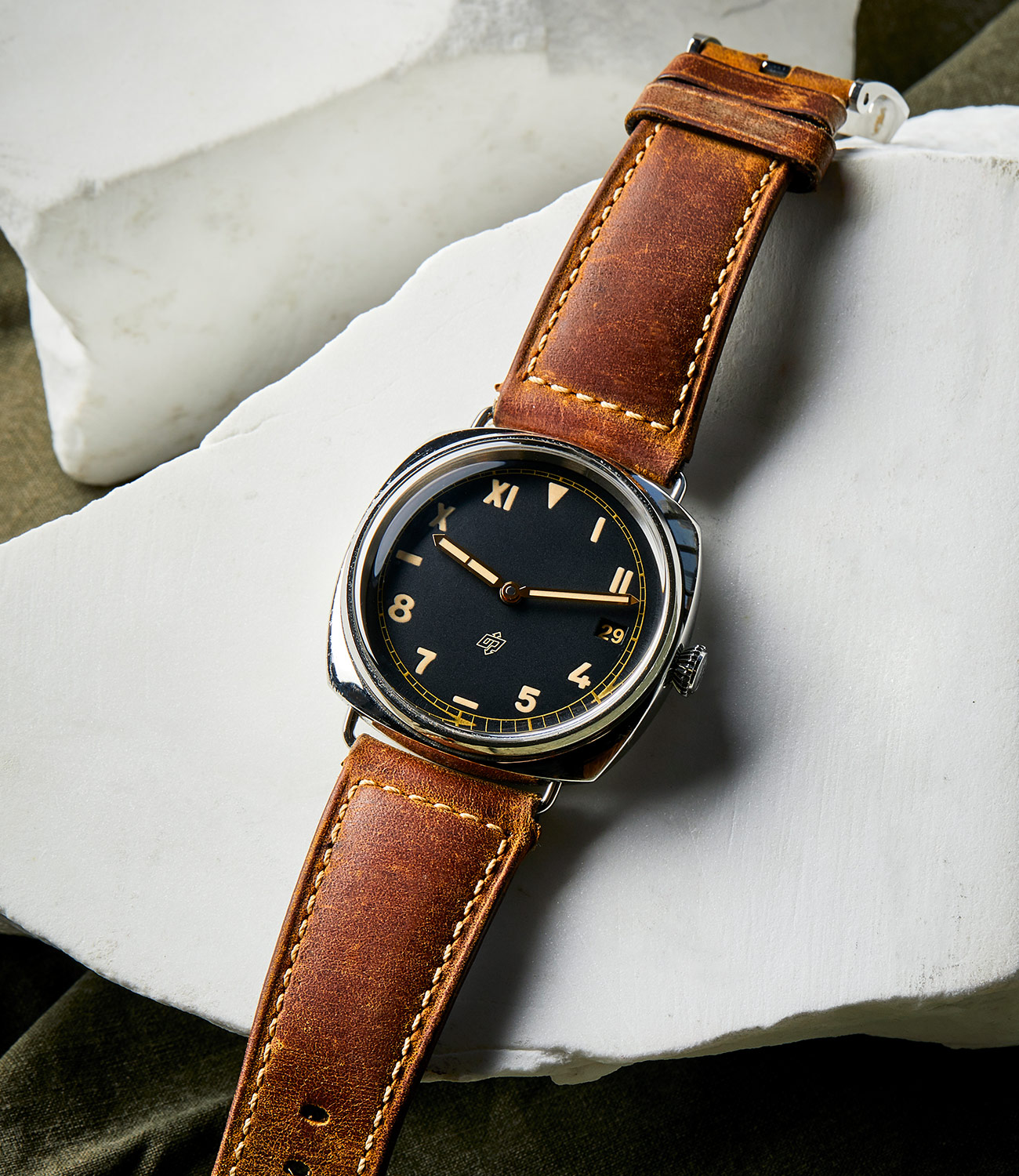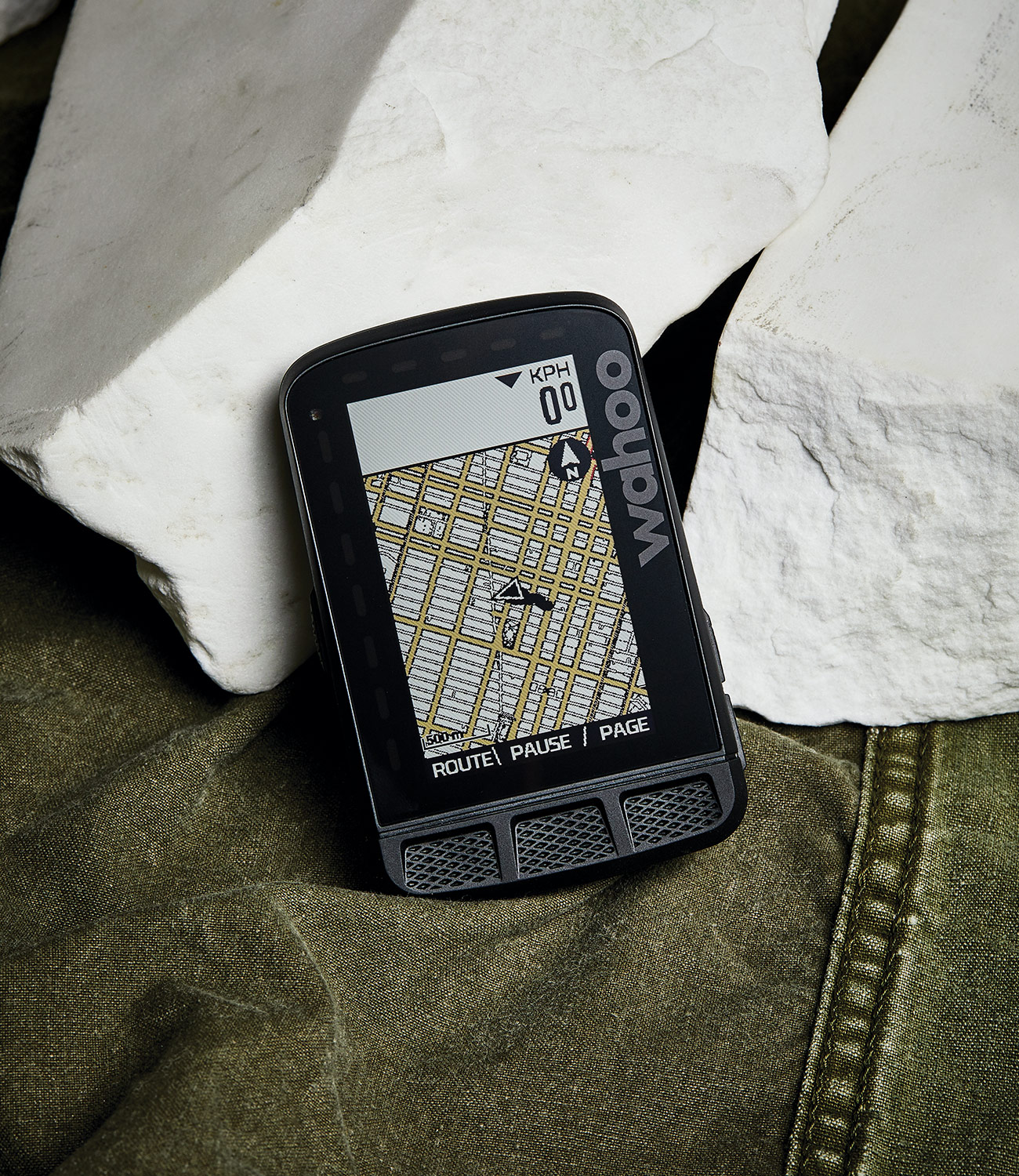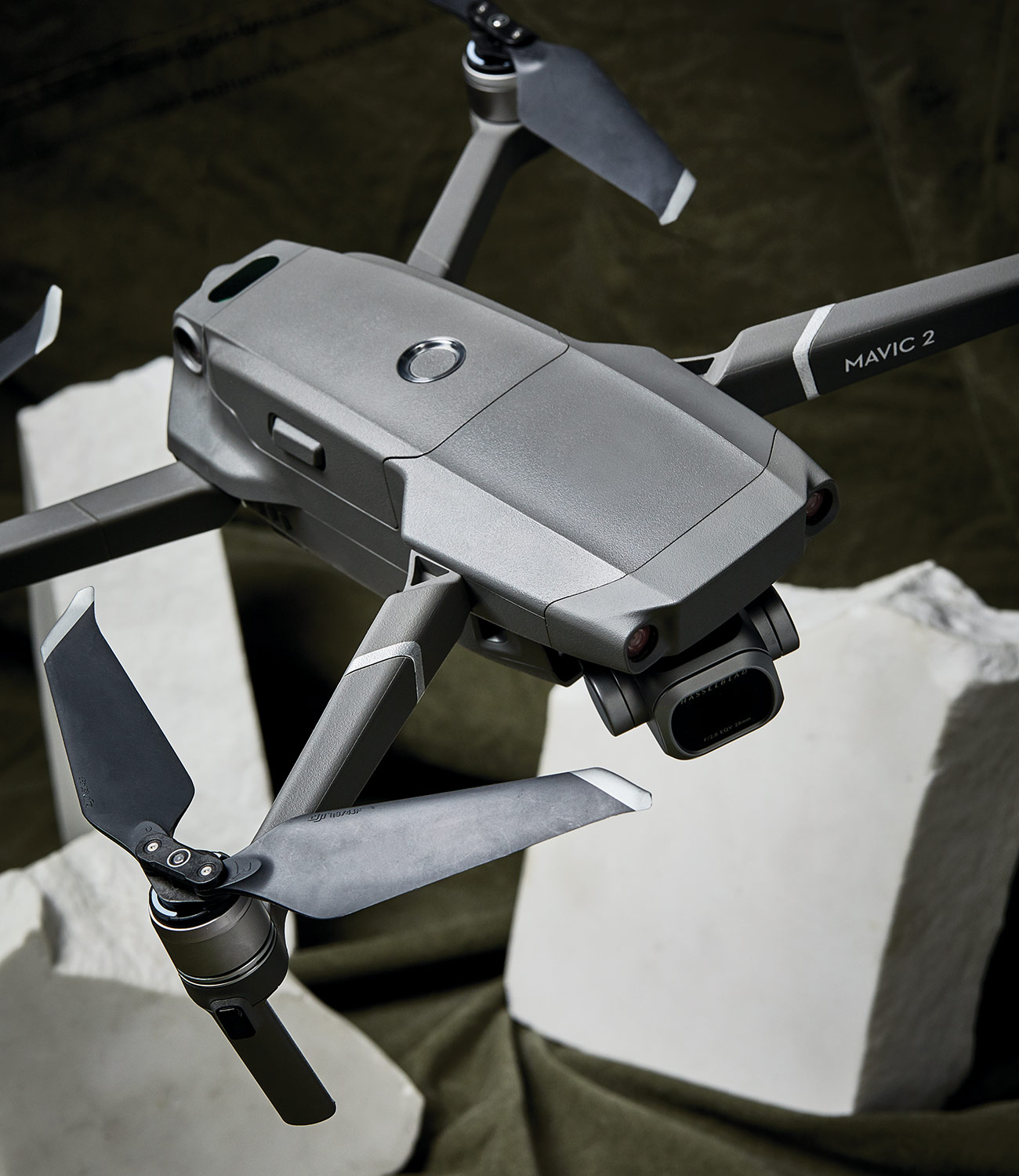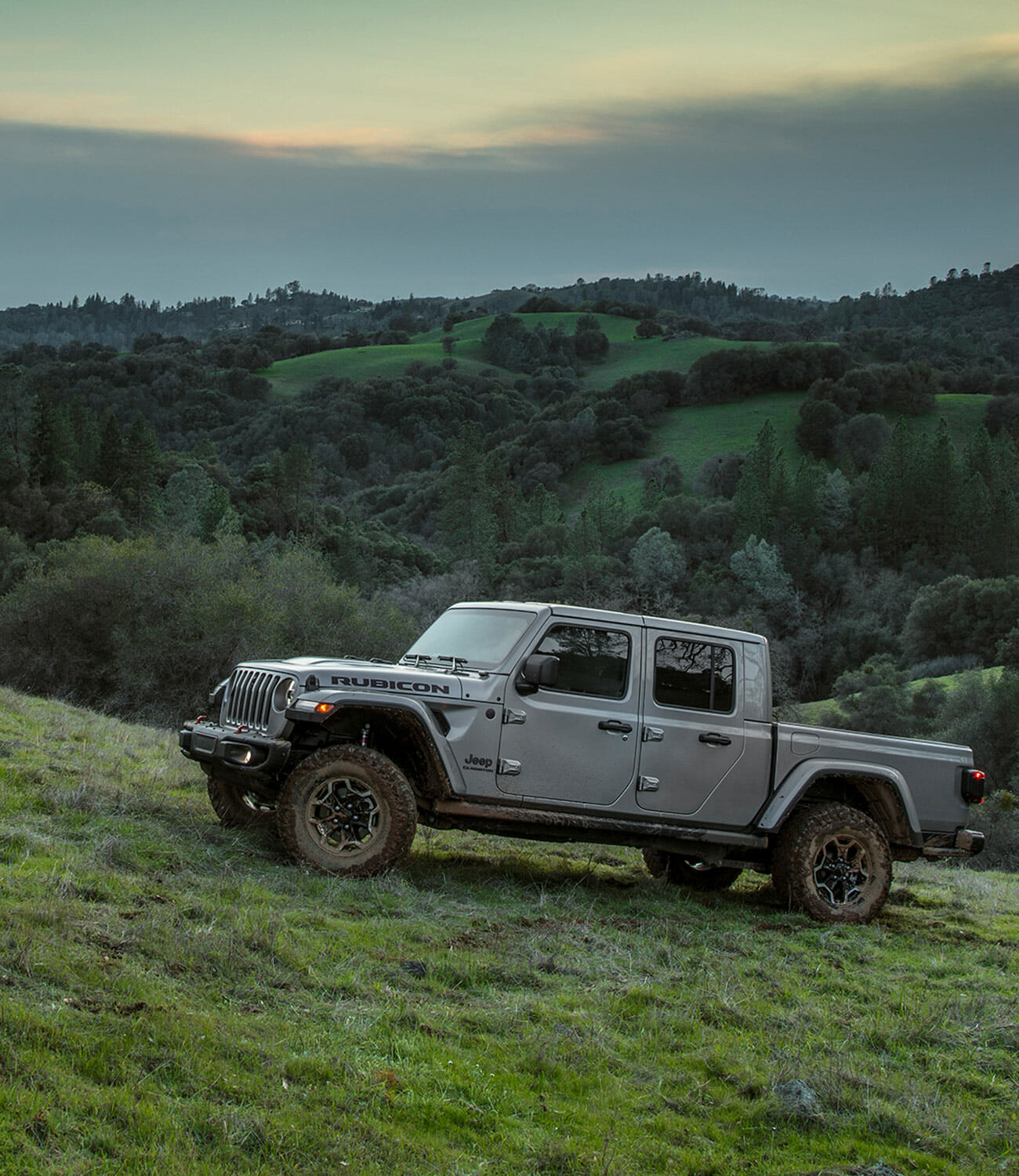Every great product has a story to tell. For these ubiquitous inventions, it starts on the battlefield.
Aviator Sunglasses
Salt Optics Francisco Sunglasses
After World War I, the Army Air Corps contracted Bausch and Lomb to create sunglasses that helped mitigate eye strain in fighter pilots at high altitudes. And whether or not you’ve seen an original pair, released in 1936, you’re certainly familiar with the shape: thin metal frames and convex, tear-drop shaped lenses that block a significant amount of incoming light. Originally called “Anti-Glares,” the style was rebranded “Ray-Ban” (sound familiar?) after release to the public in 1937.
The classic aviator design has since been widely co-opted for everyday use, and the style is still in use by military pilots. Most brands offer civilian consumers nothing more than an array of lens color options, but the Francisco aviators by Southern California eyewear brand Salt Optics feature a titanium frame and temples, and lightweight, scratch- and abrasion-resistant polarized lenses. They’re significantly lighter than traditional models but offer better eye protection. Those upgrades are reflected in the price but not the style; more than eight decades on from the original Bausch and Lomb models, the military-inspired design remains essentially unchanged.
Dive Watches
Panerai Radiomir California Dial
The 1920s saw several developments to water-resistant watch design, but it wasn’t until the following decade, in 1936, that a prototype timepiece presaging the modern dive watch was unveiled.
That watch, commissioned by the Royal Italian Navy from Panerai, in Florence, was dubbed the Radiomir, and it sported several features that are now hallmarks of the dive-watch genre: a large, legible dial; a robust case; and a strap long enough to fit over a wetsuit. The Radiomir also featured a new, radium-based compound for the hands and indices that gave off a constant glow and allowed the time to be read underwater. (Modern dive watches feature similarly luminous but less radioactive materials.)
In 1938, Panerai updated the Radomir with a new dial and reinforced wire lugs; the watch was refreshed again, in 1940, with integrated lugs. Though neither iteration featured a rotating bezel like those first seen on Rolex Submariners of the 1950s — and now inextricably linked with the dive-watch style — they paved the way for timepieces that would accompany civilian scuba divers to the world’s great reefs and Wall Street CEOs to the world’s great steakhouses. This modern version, the 47mm Panerai Radiomir California Dial, with the original’s gemlike contour and bold simplicity, is equally at home at both.
GPS
Wahoo Fitness Elemnt Roam GPS Bike Computer
The world runs on GPS. It’s in our cars, in our pockets. Tens of millions of computers all over the world use GPS to determine the time. But despite its ubiquity, GPS is a shockingly recent invention: the first commercial model didn’t hit the market until after mobile phones, CDs and Nintendo.
Back in the early ’70s, the U.S. Department of Defense was looking for a reliable means of electronic navigation. The DoD started using satellites to triangulate the location of handheld receivers — receivers at the time weighed around 35 pounds — but it took almost two decades for the world to get its first consumer GPS receiver in 1989: the Magellan NAV 1000, which cost $3,000, weighed 1.5 pounds and required six AA batteries to run for just a few hours.
Times have changed, fast. The U.S. Air Force currently operates 31 satellites orbiting the Earth at 7,000 mph, and receivers now weigh less than a hockey puck. Take the new Elemnt Roam, from Wahoo Fitness, a relatively affordable and incredibly lightweight bike computer (just 3.3 ounces), capable of setting routes, notifying riders when they’ve gone off course and providing expedited turn-by-turn directions home. And even with its 2.7-inch color Gorilla Glass display, the device will last 17 hours between charges. In our quest to know exactly how far we’ve gone, we’ve come a long way indeed.
Active Insulation
Houdini Wisp Jacket
In the early part of this decade, the U.S. military submitted a development brief for a new type of insulation: as warm as down but highly durable, wind-resistant and quick drying. Also, it had to be more breathable than any known insulation so that soldiers on the move wouldn’t have to fuss with dumping layers. In 2013 materials manufacturer Polartec unveiled Alpha, a fluffy insulation that checked every box. Working with designers at Patagonia, Polartec built Alpha into the Protective Combat Uniform Level 3A Jacket, a layer that became standard issue for every active Special Operations Forces operator.
“Active insulation” — the term Polartec coined to describe Alpha, and how we categorize the stuff today — caught on immediately among outdoorsy types, who coveted it for vigorous cold-weather pursuits like hiking and ski touring. Patagonia led the movement with its Nano Air jackets, a close facsimiles of the military model (except in bright colors instead of camo), and pretty much every company with a synthetic puffy jacket in its lookbook followed suit.
Polartec’s newest take on active insulation is Alpha Direct, a even-fluffier and more-durable material that calls to mind Grandma’s hand-knit sweaters, and integrates into jackets, like the Wisp from Swedish outdoor company Houdini, without the need for a liner. Alpha Direct is warmer, lighter and better at wicking body moisture than first-gen Alpha, so high-octane athletes — tactical and otherwise — can focus on more rigorous missions, and not their clothes.
Instant Coffee
Voila Instant Coffee
Before the U.S. got into WWI, three American companies produced a total of 6,000 pounds of instant coffee per year. After America entered the conflict, General Pershing, commander of the American Expeditionary Forces on the Western Front, ordered production be ramped up — by an additional 20,000 pounds.
The instant coffee doled out to GIs was nostalgia-inducing and inexpensive, but it was invaluable for another reason: chemical warfare. Speaking to a coffee trade publication after the war, a U.S. War Department representative noted that rolling kitchens weren’t considered safe after Germany’s use of mustard gas; thus, tiny packets of pre-rationed, water-soluble coffee that could be made in a trench with little or no heat became the chief delivery method for caffeine (and morale) at the front.
Notable for an above-average caffeine content, lower sugar levels and lower quality standards, old-school instant was typically made with robusta beans. Most traditional methods of manufacture involved the superheating of already-brewed coffee, evaporating the water and leaving only dried crystals.
Kickstarted in 2016, Voila is an instant coffee for the new era. Produced with specialty-grade beans that are ground, batch-brewed and frozen at a temperature ideal extraction, it has the nose and taste you’d expect from a high-quality coffee — anywhere, anytime, in an instant.
Drones
DJI Mavic 2 Pro
The first pilotless winged aircraft was developed in 1918, by British forces looking to destroy German Zeppelins, though it was never put to use. During WWII, the Germans created the “Fritz X,” a remote-controlled bomb — and the first proper military drone — to attack warships. Both examples leveraged radio-controlled technology similar to what’s used in today’s drones.
Drone use for combat surveillance didn’t take off until the ‘80s and wasn’t a widespread military tool — including for lethal purposes — until after 9/11, and it was only in 2006 that the FAA issued the first drone permits for civilian and commercial use. Parrot created the first quadcopter in 2010, after which manufacturers like DJI started adding advanced cameras and technologies like subject tracking and object avoidance.
The drone business, a $40 million industry in 2012, is worth well over a billion dollars today. Drones are popular for racing, filmmaking, oil and mineral surveillance, real estate photography and disaster relief — but the technology has most come into its own with aerial photography. The DJI Mavic 2 Pro, for example, features a Hasselblad-designed camera that shoots incredibly detailed photos and videos, with DSLR-levels of control even while hundreds of feet in the air. Consider it your (non)lethal weapon of choice for superb shots from on high.
Jeeps
2020 Jeep Gladiator
Sales don’t lie: the SUV is now the most popular passenger vehicle sold around the world. Drivers love them for their ample cabin and cargo space, and the high-riding sense of invincibility. But while the sport utility vehicle is newly popular, its origins go back several decades, to a go-anywhere people carrier developed for use during World War II, and still in production in various guises today: the Jeep.
In 1940, the U.S. Army gave specific guidelines to companies vying to produce its new reconnaissance vehicle: the prototype had to be a tough, four-wheel-drive vehicle with at least 600 pounds of payload, at least 6.25 inches of ground clearance, and a minimum of 85 lb-ft of torque from an engine that could run for long periods at low speeds without overheating. Willys Overland won the contract but couldn’t build the trucks fast enough on its own, so many examples of the original Jeep — known at the time as “U.S. Army Truck, ?1?4-ton, 4×4, Command Reconnaissance” — were actually produced by Ford. (The Jeep brand is currently owned by rival Fiat Chrysler Automobiles). Over 700,000 Jeeps were produced during the war, for every branch of the U.S. military as well as Allied forces from Australia, Canada, Great Britain and New Zealand.
After VE Day, the greater public was turned on to the versatile recon vehicle. AMC made the first civilian version — a straight line can be drawn from this truck to the modern Jeep brand — and the basic idea has spawned everything from the Ford Bronco to the Toyota Land Cruiser.
So consider that; no matter what SUV you’re eyeing in no matter what part of the world, the basic DNA traces back to the original Willys Jeep. It gives another dimension to the idea of a “go-everywhere” vehicle.

